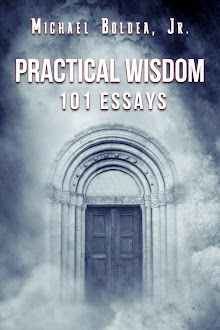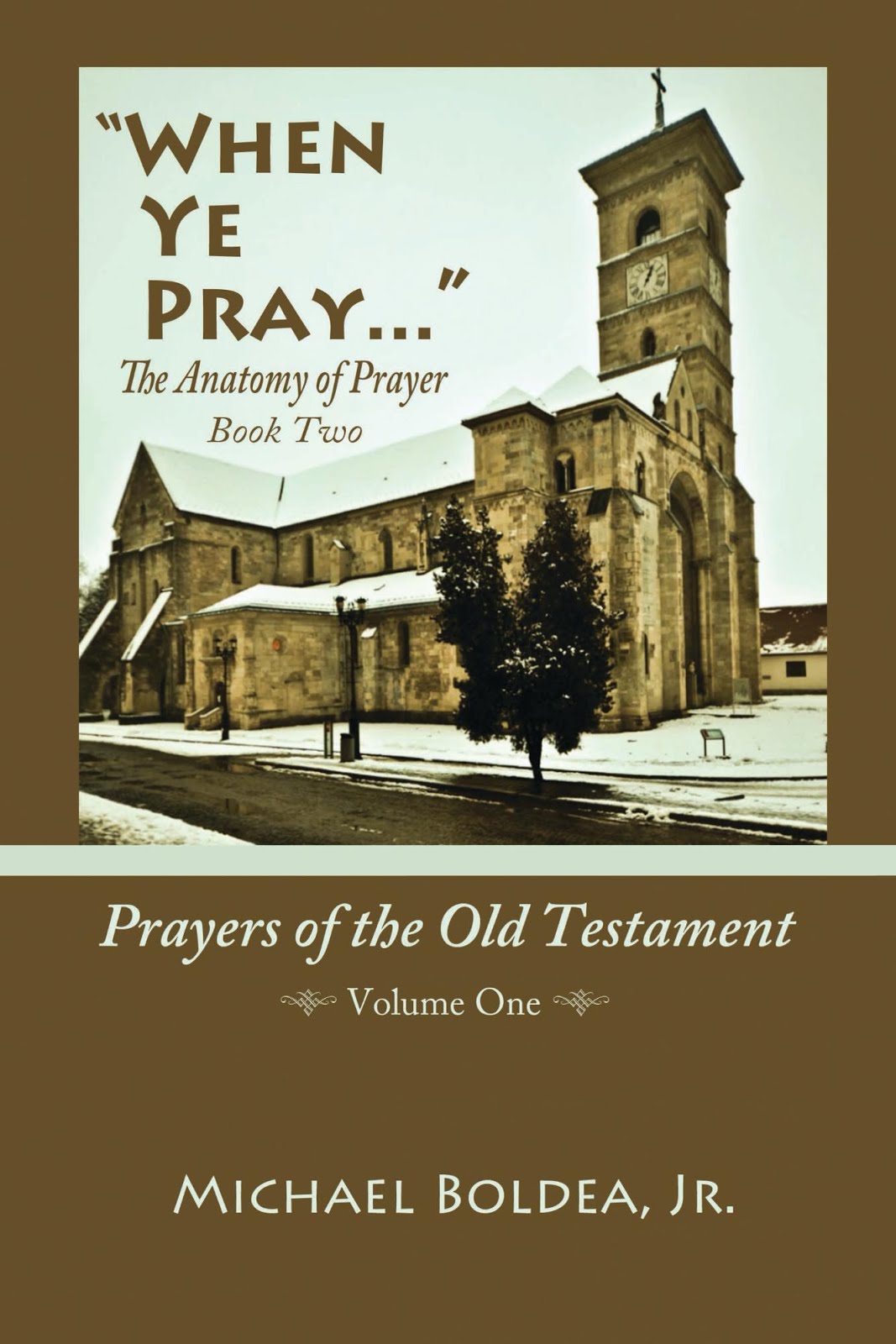Although almost all religions speak about the immortality of the soul, the Bible speaks about the reanimation and revitalization of the entire person.
Now within the Old Testament we see at least three bodily resurrections being recorded, all three found within the books of first and second kings.
The first biblically documented resurrection of a dead person was the son of the widow woman, in first Kings 17, wherein Elijah stretched himself out on the son of the widow three times, and cried out to the Lord, praying ‘O Lord my God, I pray, let this child’s soul come back to him.’
1 Kings 17:22, “Then the Lord heard the voice of Elijah; and the soul of the child came back to him, and he revived.”
The Bible documents two distinct truths in this passage in Kings, first, that the sickness of the child was so severe that there was no breath left in him. The child was dead, the soul had departed, yet when the man of God prayed, the Word tells us that the soul of the child came back to him.
The second biblically documented resurrection or reanimation of a dead person was the son of the Shunammite woman who showed kindness to Elisha each time he passed through Shunem. The Word tells us that what began as a headache eventually led to the child’s death upon his mother’s knees.
What I’ve always found interesting about this passage in 2 Kings Chapter four is the fact that once the child was dead, the mother went up and laid him on the bed of the man of God, shut the door, and went out to find the man of God. Similar to what Elijah had done, Elisha stretched himself out on the child, and his flesh became warm.
The third biblically documented resurrection or reanimation was that of a man whose family was burying him, and spying a band of raiders they put the man in Elisha’s tomb rather than his own. When the man was let down, and touched the bones of Elisha, he revived and stood on his feet.
So although resurrection or reanimation to life was sparse throughout the Old Testament it is still documented and taught. Even with these evidences in the Old Testament, and witnessing what Jesus had done throughout his ministry there were still Sadducees who denied the existence, or possibility of resurrection. For most throughout the Old Testament the afterlife was viewed as a mysterious thing, relegated to the mysteries that God alone understood.
As we journey to the New Testament however, we see an exponential increase in both resurrection, and the fact that the teaching on it becomes more widespread through what Jesus taught, and subsequently His disciples.
There are five distinct and individual examples of resurrection or reanimation in the New Testament, and these five do not include the resurrection of the many saints who were raised, coming out of their graves, and going into the holy city appearing to many upon Jesus’ death. In case you are wondering, or you haven’t happened upon this particular scripture it can be found in Matthew chapter 27, verses 51 through 53.
So, who were the five that saw death, whose souls had departed yet were resurrected and reanimated?
First on the list is the daughter of the ruler, who came to inform Jesus that his daughter had just died, but that he believed if Jesus laid His hand on her she would live again. When Jesus arrived there were flute players, and a noisy crowd wailing, and after the crowd scorned Him because He had said the girl was just sleeping, he went and took her by the hand, and the girl arose.
The second person in the New Testament who was reanimated and brought back to life was the widow’s son in a city called Nain. It was during what we would call the funeral procession that Jesus encountered this large crowd carrying away the dead man, and when Jesus saw this man’s mother, he had compassion on her.
Jesus then came and touched the open coffin, and said, ‘Young man, I say to you arise.’
Luke 7:15, “And he who was dead sat up and began to speak. And He (meaning Jesus) presented him to his mother.”
Since this particular account came from the gospel according to Luke, we can rest assured that Luke did his due diligence on the matter, since he had been hired to investigate Jesus. There was enough proof, Luke perhaps even having spoken to the once dead man, that he included this account in his gospel.
Next to the resurrection of Jesus, the reanimation and resurrection of Lazarus is perhaps the best known account the Bible offers. All have heard of Lazarus, and the fact that he had been dead for four days when Jesus commanded that the stone be taken away from the mouth of the tomb where Lazarus’s body was laid to rest, and after saying a prayer, commanding Lazarus to come forth.
John 11:44, “And he who had died came out bound hand and foot with grave clothes, and his face was wrapped with a cloth. Jesus said to them, ‘loose him, and let him go.”
So Biblically speaking, Jesus reanimated, or resurrected the recently dead, but also one as Lazarus whose own sister Martha that he had been dead for such a long time that there surely was a stench. The flesh had started to decompose, yet when Jesus commanded Lazarus to come out, his soul returned to His body, and His flesh was made new.
There was also the case of Dorcas, or Tabitha, which Peter prayed over and returned to life, as well as the case of Euthycus the young man who fell from the third story, whom Paul revived after having been dead, but time does not permit us to go into great detail about these two. What is certain, is that the resurrection of the dead was not only taught by Christ, and His disciples, but it was visibly seen when God so chose to move. Neither Peter nor Paul went on from that day forward beating their chests and saying they had brought the dead to life, because they knew that it was not in their own strength, it was on in their own power, but the power of God working through them that reanimated these individuals.
We serve a God of power, a God who is omnipotent, or all powerful, a God who can breathe life back into the dead, a God who can create universes by simply speaking them into being, and this great God, this all powerful God loves us lowly, fractured, imperfect creatures so, that He sent His Son to die on a cross that we might have life.
I for one am in constant awe of God’s love, I for one am in constant awe of God’s mercy, and His extended grace toward mankind. How could we not desire to know more of Him? How could we not desire to know more of His power, His presence, His guidance and His will?
With love in Christ,
Michael Boldea Jr.
Monday, June 27, 2011
Subscribe to:
Post Comments (Atom)













No comments:
Post a Comment